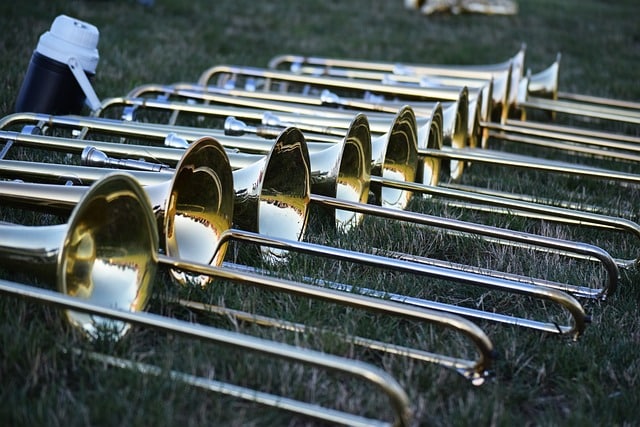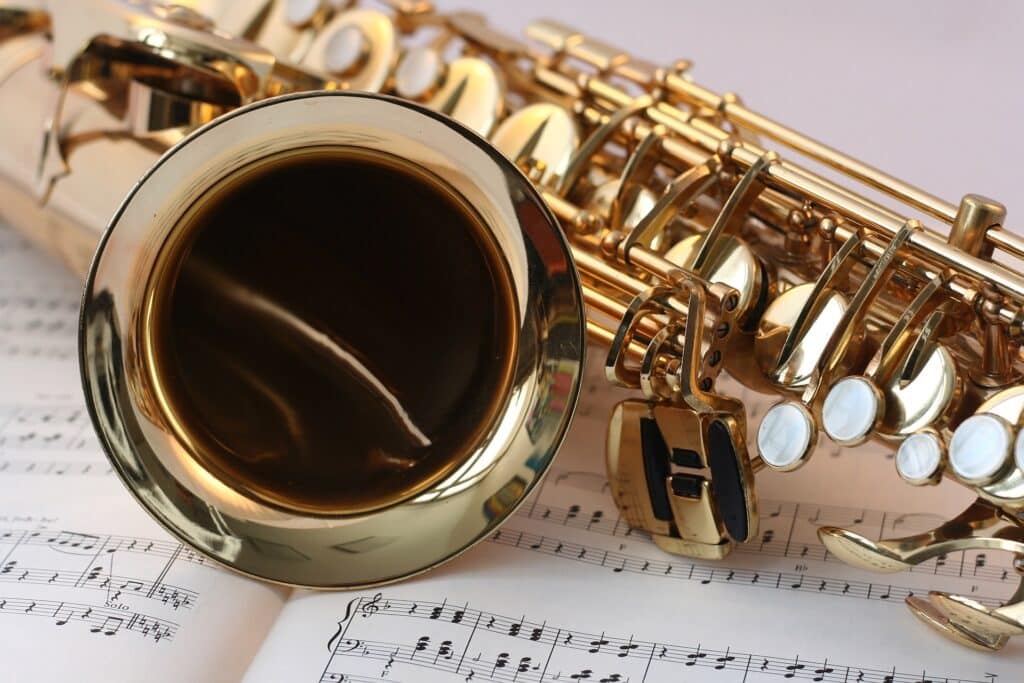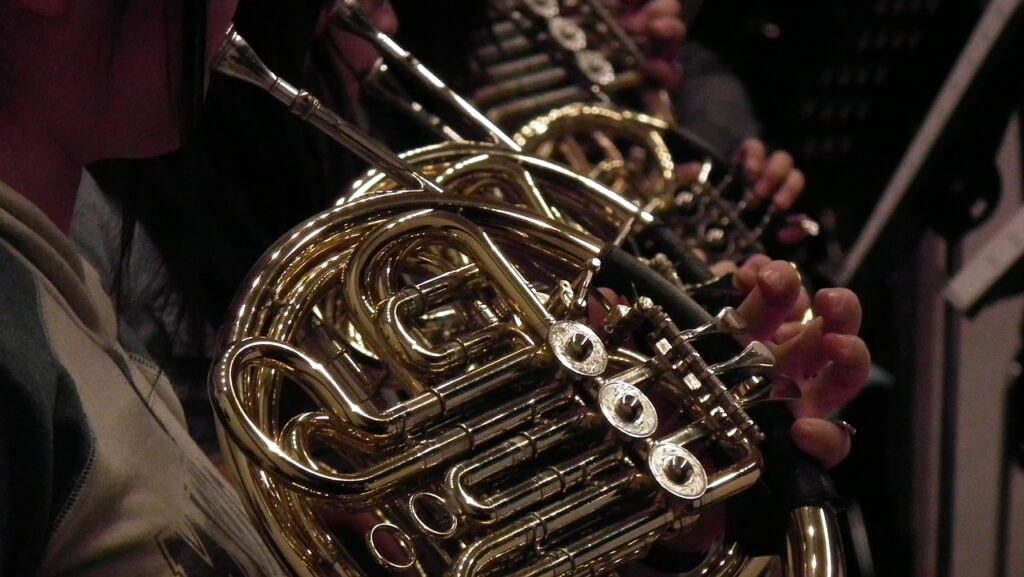Cornet vs trumpet – know the difference
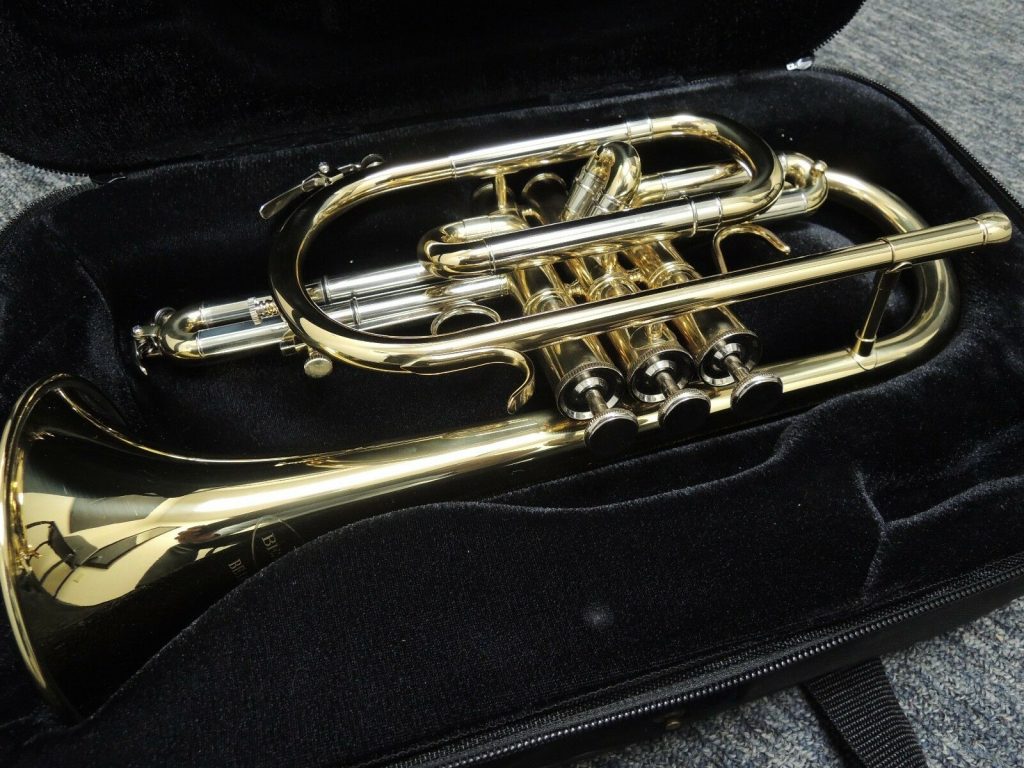 The main differences between a cornet and a trumpet are the shape. The cornet has a more conical shape than a trumpet and the trumpet is longer and slender.
The main differences between a cornet and a trumpet are the shape. The cornet has a more conical shape than a trumpet and the trumpet is longer and slender.
Cornet, quite similar to the trumpet, is an instrument that is easy to adjust to for both beginners and intermediate level players. These instruments are easier to hold than trumpets.
They sound the same, belong to the same family, and for reference for beginners, can be considered the same instrument.
Cornet playing techniques
The first thing is to know how you hold the cornet. When you first buy your cornet, remove the mouthpiece and practice the placement of your lips over it. The upper should be on the upper part of your mouthpiece and vice versa.
Buzz your lips on the mouthpiece, you should hear a vibrant buzzing noise when you do so. After you’ve created the sound, you can place your mouthpiece back on and practice some notes. Your pointer finger should be on the first key, your middle finger the second, and the ring finger the third. This is the formation of your hands when you play your cornet.
Features to consider while buying the best cornet
There are always features to consider when buying any product. In this case, the more selective you become, the better. You want to find the right instrument that speaks to you, not a generic cornet that can work for anybody but specialize to no one.
Consider material and finish
There is a considerable amount of choices when it comes to differentiating cornets through their materials and finish, so this will briefly go through each.
Yellow brass cornets are made 70% copper and 30% zinc, producing a very bright note. Most of the cornets on this list are yellow brass but they also come in combinations.
Gold brass is made out of 85% copper and 15% zinc. These produce the darkest tone.
Rose brass or red brass are made of 90% copper and 10% zinc and make warmer tones.
Nickel-silver is made of 60% copper, 20% zinc, and 20% nickel to produce the warmest of all tones.
Then there are the finishes of your instruments, lacquer, and silver. Lacquer gives you a mellower tone, is easier to take care of but loses its finish quicker. Silver gives you a brighter tone, is harder to take care of but proves to be a long-lasting finish.
Player’s level
 The level of the player using the instrument will change priorities and price range drastically. The precision of the sound will not matter much to you if you’re a beginner, you’ll just want something easy to maintain and play and therefore head to the beginner models which are cheaper.
The level of the player using the instrument will change priorities and price range drastically. The precision of the sound will not matter much to you if you’re a beginner, you’ll just want something easy to maintain and play and therefore head to the beginner models which are cheaper.
If you’re a dedicated professional in search of a cornet, then everything that can alter the sound to perfection is worth taking into consideration. The craftsmanship and materials are all important factors and must be quality, which is what raises the price tag.
The most professional level cornet on this list is the Yamaha YCR-2310III.
Shape and weight
There are two basic shapes to look for in a cornet. Firstly, there’s the Shepherd’s Crook, which is curved intensely in the region located underneath the bell. The second shape is known as the Trumpet-Style cornet shape and is closely similar to the shape of an ordinary trumpet. The narrow curves underneath the bell help in creating a brighter sound.
The weight of your cornet has to suit you. You don’t want something lopsided when you hold it, nor do you want something so light it feels like you’re holding a toy. The weight can also help add depth to your tones depending on where the weight has been put.
Bore
The bore is the diameter of the cornet’s piping interior. The shape of the bore is conical, but the tone created can vary based on how narrow or broad the diameter is. Narrower bores create a mellow sound while broad bores create deep, darker tones.
Valves
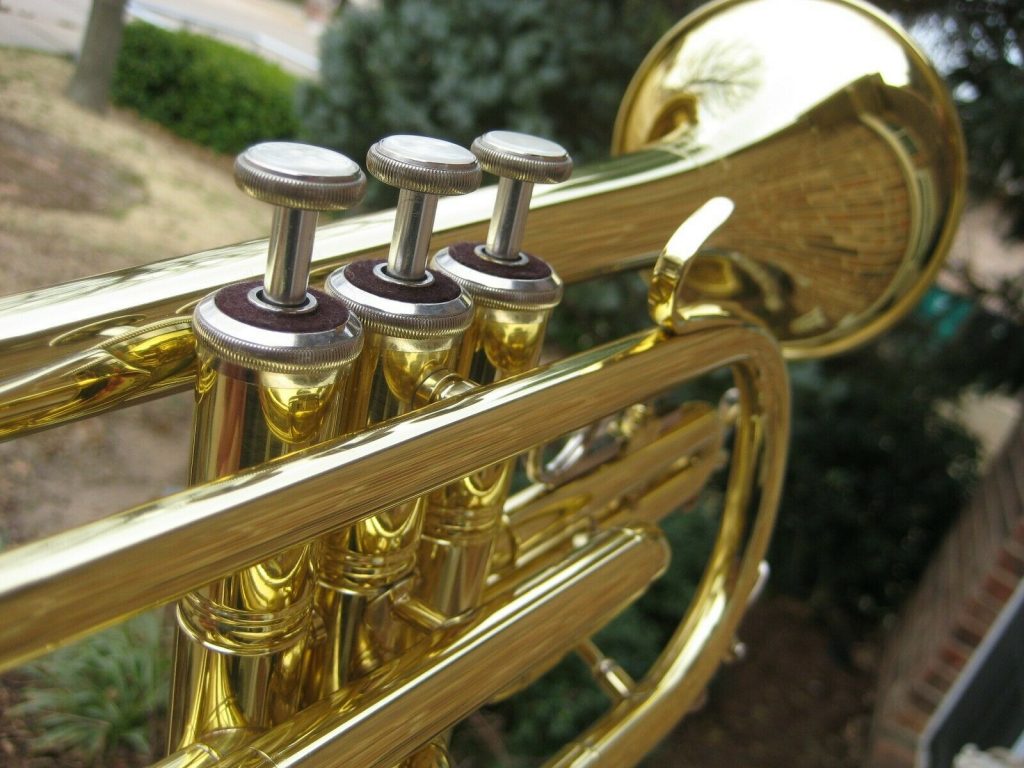 Monel valves are what you want if you want expertise on your side. These valves combine nickel, copper, and zinc (nickel-silver finish) to make it non-corrosive but do tend to increase the price. If you’re being price-observant, then look for valves with at least a nickel plating.
Monel valves are what you want if you want expertise on your side. These valves combine nickel, copper, and zinc (nickel-silver finish) to make it non-corrosive but do tend to increase the price. If you’re being price-observant, then look for valves with at least a nickel plating.
Pitch
For standard beginners entering the cornet field, Bb is the ideal choice. When you continue your pursuit with cornets, you can continue on this pitch if you want to enter concert bands, fanfares, or jazz.
Another pitch is the Eb Soprano Cornet. This is a more specialized instrument that can be found in brass bands. This cornet is known a more complex or more intricately tuned adaption of the Bb cornet.
The cornets on this list are all Bb keyed.
Bell
The bell size changes the sound of the cornet as well. When the bell is smaller, the concentrated sound is brighter. If the bell is larger in size, then you’ll receive a mellower tone from it.
Mouthpiece
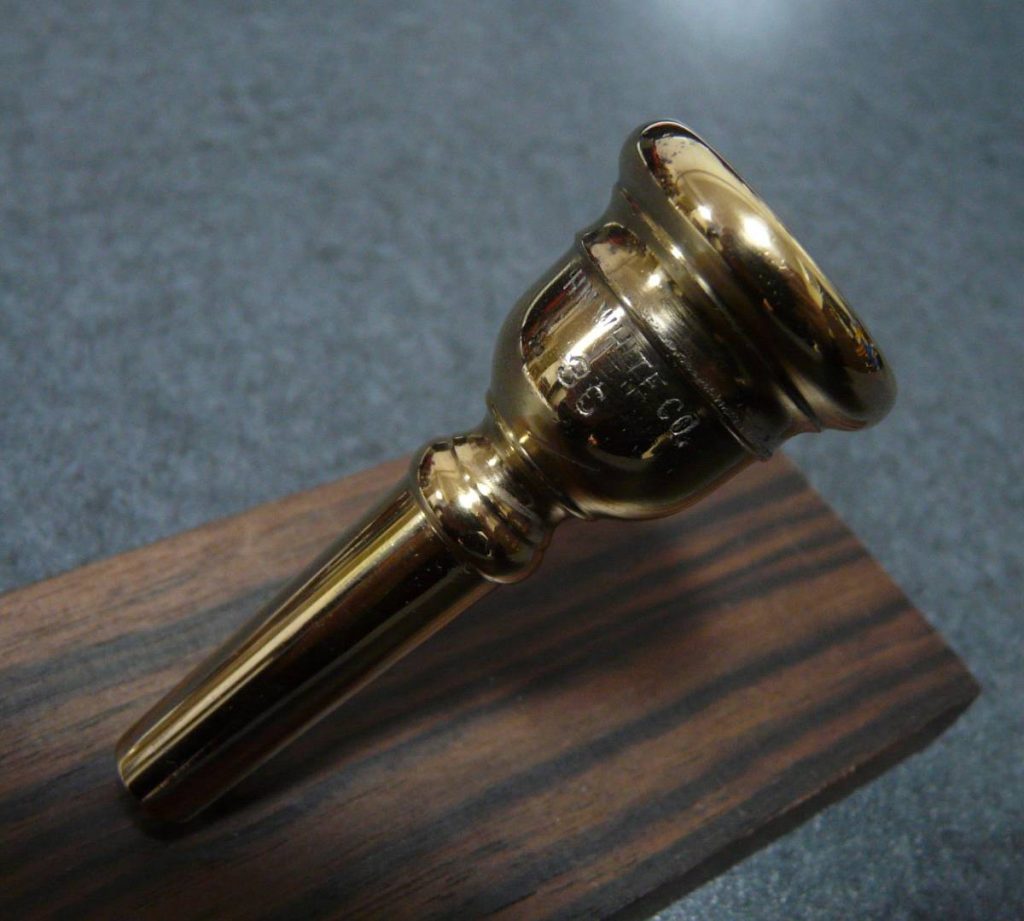 There are three pieces of the mouthpiece you’ll want to consider.
There are three pieces of the mouthpiece you’ll want to consider.
The cup can either be shallow or deep. Shallow cups produce a very dim tone. The deep cup constitutes a brighter tone and is used more often in beginner and intermediate level cornets.
The rim is where you’ll place your lips. Wider rims are more comfortable for players to adjust to. The narrower rims though, enhance extreme notes and extends the sound range.
The throat is where the volume is controlled and sound is clarified.
Accessories
Accessories can make maintaining your cornet much easier. You can get a bag to fit your cornet in. You can also get cleaning cloths, valve oil, additional mouthpieces, and brushes.
All cornets come with additional accessories such as cases and mouthpieces.
Warranty
The warranty will allow you a period of time to test your cornet in all situations important to you. Try for a warranty that can go over a few months, hopefully, a year. Lifetime service is also an ideal deal to tap into.
Price tag
If you’re looking for a beginner’s model, then you could expect the prices to start at $150. The more professional the models become, the closer to the thousands the prices go.
Cornet maintenance tips
Start by emptying the water valves where your spit develops. While blowing into your cornet, hold the valves open and the spit should come out. Do not blow into the cornet to make sound, only to build air pressure.
Oiling your valves isn’t hard. You open your valves and place drops of oil inside it. Turn the oil in the valve so it touches all of the sides. Close the valve and repeat for the others.
For greasing the slides, pull them out one by one and grease them gently with a cloth.
This is enough to keep your cornet in check.
The best cornets come with monel valves. These valves are made from a mixture of nickel, copper and zinc. They are preferred because they are less likely to corrode, however, there cost can be prohibitive. At a minimum, try to find instruments that have nickel plating on the valves.





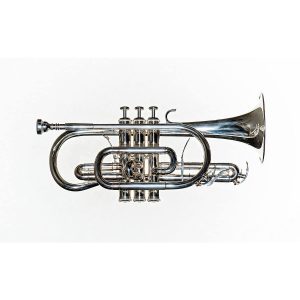
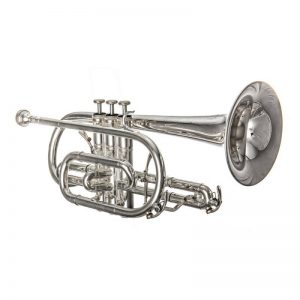
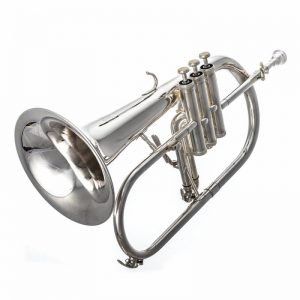
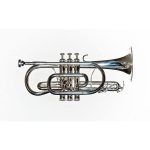
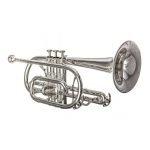
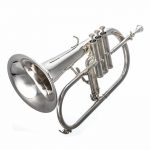
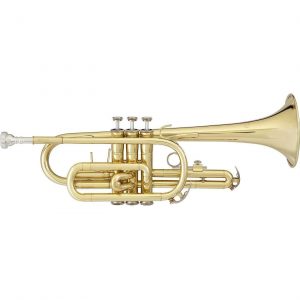
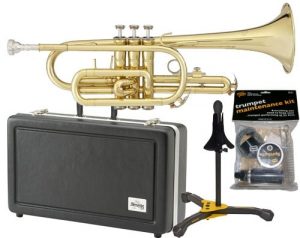
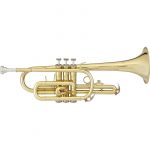
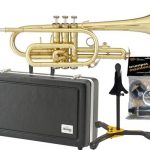
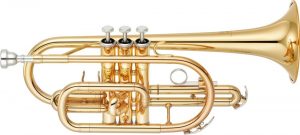
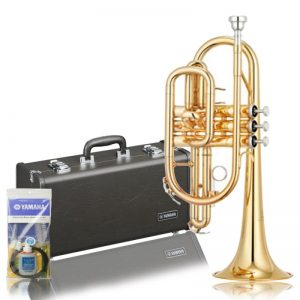
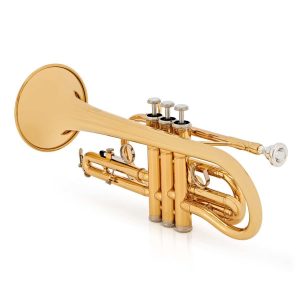

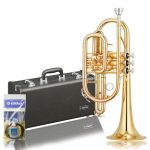
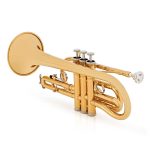
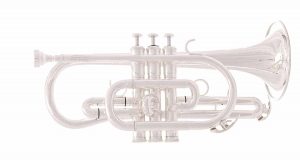
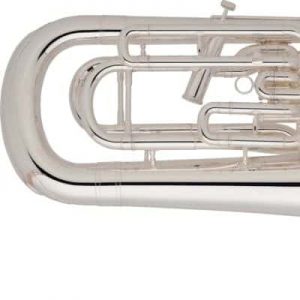
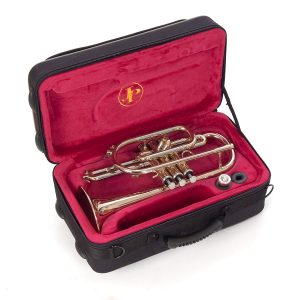

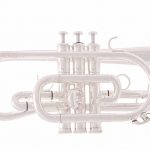
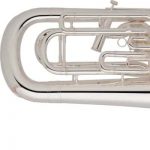
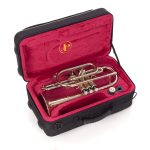
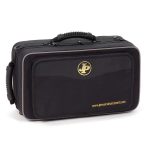
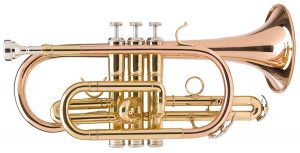
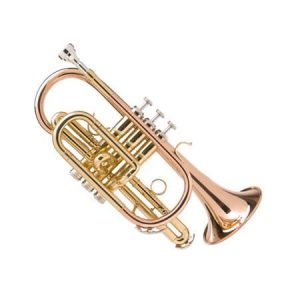
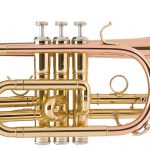
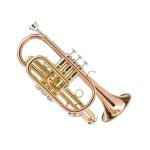
 The main differences between a cornet and a trumpet are the shape. The cornet has a more conical shape than a trumpet and the trumpet is longer and slender.
The main differences between a cornet and a trumpet are the shape. The cornet has a more conical shape than a trumpet and the trumpet is longer and slender. The level of the player using the instrument will change priorities and price range drastically. The precision of the sound will not matter much to you if you’re a beginner, you’ll just want something easy to maintain and play and therefore head to the beginner models which are cheaper.
The level of the player using the instrument will change priorities and price range drastically. The precision of the sound will not matter much to you if you’re a beginner, you’ll just want something easy to maintain and play and therefore head to the beginner models which are cheaper. Monel valves are what you want if you want expertise on your side. These valves combine nickel, copper, and zinc (nickel-silver finish) to make it non-corrosive but do tend to increase the price. If you’re being price-observant, then look for valves with at least a nickel plating.
Monel valves are what you want if you want expertise on your side. These valves combine nickel, copper, and zinc (nickel-silver finish) to make it non-corrosive but do tend to increase the price. If you’re being price-observant, then look for valves with at least a nickel plating. There are three pieces of the mouthpiece you’ll want to consider.
There are three pieces of the mouthpiece you’ll want to consider.




